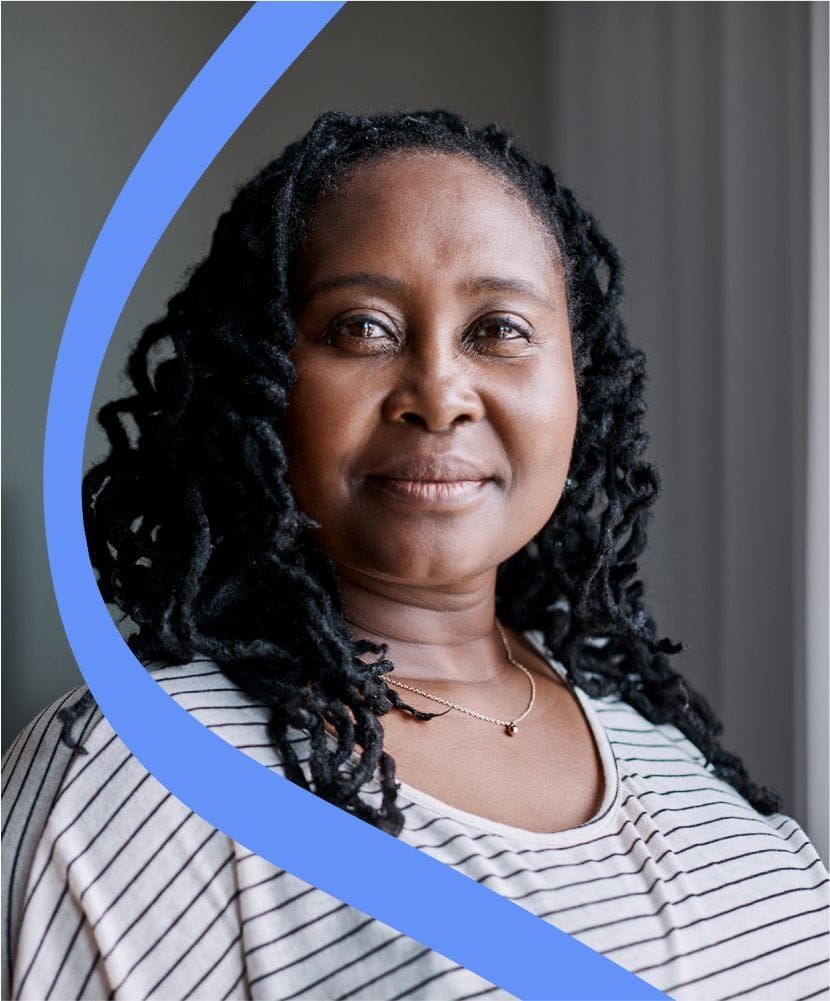




- Starting a new diet, including an interest in “healthy,” “clean,” “low-carb,” or other rule-based eating approaches
- Avoiding certain food groups, either for health/diet reasons or due to taste/texture preference
- Absence during family meals, or avoiding situations that include eating in a group
- Inflexibility about what, when, or how much to eat
- Fixation on food’s calorie content
- Visiting the bathroom or showering immediately after meals
- A new interest in cooking without eating the food
- Secretive or ritualistic eating
- Rigidity around certain ingredients, brands, food preparations, or utensils
- A longer list of foods they will not eat than they will eat
- A long history of “picky” eating that has gotten worse over time
- Struggling to eat or eat enough food
- Frequent stomach pain or other gastrointestinal complaints
- FBT: family-based treatment (FBT) is based on the idea that family members are the ones best suited to help their loved ones recover, and it empowers patients’ families to be active participants in recovery. Research shows that for children and adolescents with eating disorders, FBT has the highest rates of recovery and the lowest rates of relapse.
- CBT-E: CBT-E is cognitive behavioral therapy (CBT) for eating disorders. CBT focuses on challenging unhelpful or distorted thoughts, beliefs, and attitudes, and CBT-E uses this approach by uniquely targeting the thoughts and beliefs that keep an eating disorder going.
- DBT: Dialectical behavioral therapy (DBT) provides tools that help people accept hard realities and change unhelpful thoughts and behaviors. DBT focuses on four key skills: distress tolerance, mindfulness, interpersonal effectiveness, and emotional regulation.
- TBT-S: Temperament-based therapy with supports (TBT-S) helps patients understand how their temperament traits (e.g. perfectionism, impulsivity, and determination) contribute to their eating disorder symptoms, and how they can channel those powerful temperament traits into more productive goals.
- ERP: Exposure and response prevention (ERP) is a treatment developed for OCD that focuses on helping patients overcome fears and triggers. This might be certain foods, social events, exercise, or any other fearful situation that leads someone to turn to eating disorder behaviors.


Due to the virtual nature of our treatment, Equip can meet families where they are and accommodate any family configuration, whether that means a single-family home, divorced families, chosen family with non-biological loved ones, and anything in between. We provide a level of care and support that’s truly tailored to individual families in a way that’s often logistically impossible in brick-and-mortar settings.
For many of our young patients, we begin treatment using family-based treatment (FBT), which research shows has the highest rates of recovery and lowest rates of relapse for eating disorders in young people. FBT works regardless of whether parents work inside or outside the home—there is no “stay-at-home” requirement for FBT to be effective. The most important requirement for treatment at Equip is that families are willing to support their loved one through the recovery journey.
If FBT isn’t working (though it usually does), we will pivot to a different modality. Regardless of the specific course of treatment, it will be adaptable to every family’s unique circumstances.
We tailor treatment to each patient’s unique needs by using a variety of evidence-based modalities. This often means leaning into certain clinical techniques at different points in treatment, shifting as needed based on what’s working, or using multiple different approaches at once. Here’s a simple breakdown of the evidence-based approaches we most frequently use:
- Family-based treatment (FBT): FBT is based on the idea that family members are the ones best suited to help their loved ones recover, and it empowers patients’ families to be active participants in recovery. Research shows that for children and adolescents with eating disorders, FBT has the highest rates of recovery and the lowest rates of relapse.
- Enhanced cognitive behavioral therapy (CBT-E): CBT-E is cognitive behavioral therapy (CBT) for eating disorders. CBT focuses on challenging unhelpful or distorted thoughts, beliefs, and attitudes, and CBT-E uses this approach by uniquely targeting the thoughts and beliefs that keep an eating disorder going.
- Dialectical behavioral therapy (DBT): DBT provides tools that help people accept hard realities and change unhelpful thoughts and behaviors. DBT focuses on four key skills: distress tolerance, mindfulness, interpersonal effectiveness, and emotional regulation.
- Temperament-based therapy with supports (TBT-S): TBT-S helps patients understand how their temperament traits (e.g. perfectionism, impulsivity, and determination) contribute to their eating disorder symptoms, and how they can channel those powerful temperament traits into more productive goals.
- Exposure and response prevention (ERP): ERP is a treatment developed for OCD that focuses on helping patients overcome fears and triggers. This might be certain foods, social events, exercise, or any other fearful situation that leads someone to turn to eating disorder behaviors.
There are several physical and mental symptoms that can flag a patient is in need of specialized treatment. You can learn more about when to refer a patient here. In general, if you have any concerns that a patient may have an eating disorder, you should refer them to a specialist or Equip as soon as possible. Early intervention carries a better prognosis for eating disorder recovery, so the earlier a patient can be diagnosed and begin treatment, the better.
We treat patients in all 50 states and Washington D.C. Our providers are trained to treat patients with all types and subtypes of eating disorders in the DSM, including anorexia, ARFID, bulimia, binge eating disorder (BED), and OSFED, and we also treat patients without an official eating disorder diagnosis. As long as patients are medically stable, we can begin treatment.
Many of our patients experience comorbidities, and our clinicians are trained in treating these alongside the eating disorder. In fact, because eating disorders rarely occur in isolation, the majority of our patients present with one or more comorbid conditions, which are addressed over the course of treatment.
Equip is redefining the traditional treatment landscape, which provides a fragmented experience through each level of care and pulls patients out of their community and away from their support system. Instead, we provide individualized, wraparound treatment with a dedicated provider team that supports patients through all levels of treatment and into lasting recovery.
Our providers are experienced and successful in treating highly acute patients who would otherwise need to seek residential treatment, a partial hospitalization program (PHP), or intensive outpatient program (IOP), as well as low or medium acuity patients looking for outpatient alternatives.
We believe there is not a linear relationship between eating disorder acuity and the level of care someone needs. No matter how severe an eating disorder is, patients have a better chance at lasting recovery if they can control symptoms, build skills, and learn to cope with triggers in their real life. Outpatient treatment should almost always be the first intervention for eating disorders, as it causes the least amount of disruption to a patient’s life and research shows that it’s just as effective as more intensive forms of treatment.
Throughout Equip treatment, medical markers such as weight and vitals are monitored, just as they would be in residential or hospital settings; this is usually done by family or loved ones, but can also be with a referring provider.
All patients are medically cleared by a medical professional before beginning treatment at Equip. If a patient should need medical stabilization prior to or during treatment, we transfer them to inpatient hospitalization and resume or begin Equip treatment once they are stabilized.
No. Patients 18 and older can enroll in Equip treatment without family members, though we strongly recommend that they not go through treatment alone. Eating disorder recovery is hard, and the ongoing support of loved ones can be key to helping someone stick it out, adhere to their treatment plan, and avoid relapse. What’s more, Equip treatment was designed to incorporate a patient’s support network; by not bringing in loved ones, patients forgo a crucial component of our treatment model. Recovery is still possible, but it’s harder.
Patients have no limitations when it comes to who they can include in their treatment. They can bring in family if they like—parents, siblings, spouses, kids—but they can also bring in friends and other chosen family. Some patients might choose to include colleagues, coaches, faith leaders, or other important people in their life. We help patients build their support network and do the work of bringing them into the treatment process.
All patients need an in-person medical clearance exam before beginning treatment at Equip. This typically involves a visit to their primary care provider for a physical exam and to check weight, height, orthostatic vitals, labs, and/or an EKG.
After they are medically cleared (using the criteria from the American Psychiatric Association Practice and the Society for Adolescent Health and Medicine), we continue to monitor each patient’s medical status throughout treatment. For more stable patients, this will mean virtual medical visits and vital sign monitoring at home. For patients who are medically vulnerable, we may continue to collaborate with in-person medical providers to monitor weight and vitals until they are out of the danger zone.
Because of our multidisciplinary care team and the involvement of each patient’s support network, our virtual model can effectively treat any person with an eating disorder, regardless of severity. And research shows that virtual eating disorder treatment is just as effective as in-person care.
The only exception is if a patient is not medically stable. We follow the American Psychiatric Association Practice Guidelines and the Society for Adolescent Health and Medicine guidelines for determining if a patient may need admission for medical stabilization.
If your patient meets any of the below criteria, they may need hospitalization:
- Bradycardia: Heart rate <50 beats per minute (daytime) or <45 beats per minute (with sleep)
- Hypotension: Blood pressure <90/45
- Orthostatic vitals: Increase in pulse (>20 beats per minute) or decrease in blood pressure (>20 mm Hg systolic or >10 mm Hg diastolic) upon going from sitting to standing
- Severely low body weight (less than 75% of the median BMI for age), losing a large percentage of body weight rapidly, or a precipitous fall off their growth chart line
- Low electrolyte levels: Potassium <3.5, Phosphorus <3.0, Magnesium <1.8
- Prolonged QTc on EKG (a measurement of heart health)
Length of treatment varies from patient to patient, but the average patient remains in Equip treatment for 40 weeks (about nine months). This may sound long, but the length of treatment is specifically designed to prevent relapse, which is so common for these illnesses. Additionally, since patients go through treatment from home, treatment doesn’t impede their lives or the lives of their loved ones, and many of our insurance partners provide coverage for at least a year.
Generally, treatment begins as a high-touch process with several appointments per week, and gradually becomes a lower-touch experience as each patient moves through their treatment journey and toward recovery.
During the intake appointment with their Equip medical provider, patients and their support team members receive a personalized plan for monitoring medical stability and progress based on the patient’s needs. For young patients, this generally means twice-weekly closed weights (formerly known as blind weights) at home, and may include weekly or biweekly orthostatic vitals (which we coach families through checking at home). For adult patients, the decision to do open or closed weighing is decided on an individual basis based on their living situation and preferences.
Patients receiving closed weights generally start treatment that way, meaning during weight times the patient turns around on the scale and does not see their weight. This may shift as treatment progresses. We work with patients and family members to make a collaborative decision about whether it would be constructive to share weight numbers with patients. We also create a plan to handle potential responses triggered by doing so.
We do. Equip values collaboration and communication with referring medical providers whenever necessary. Once your patient admits to Equip, we will send a letter outlining how to best contact the Equip medical provider. We will want to discuss how best to work together—we may need to work with you to obtain in-person vitals, weights, labs, or EKGs.
Additionally, our clinical team will update primary care providers at key milestones throughout treatment, and inform you if there is a significant clinical change. You will also be able to reach out to our team as needed.